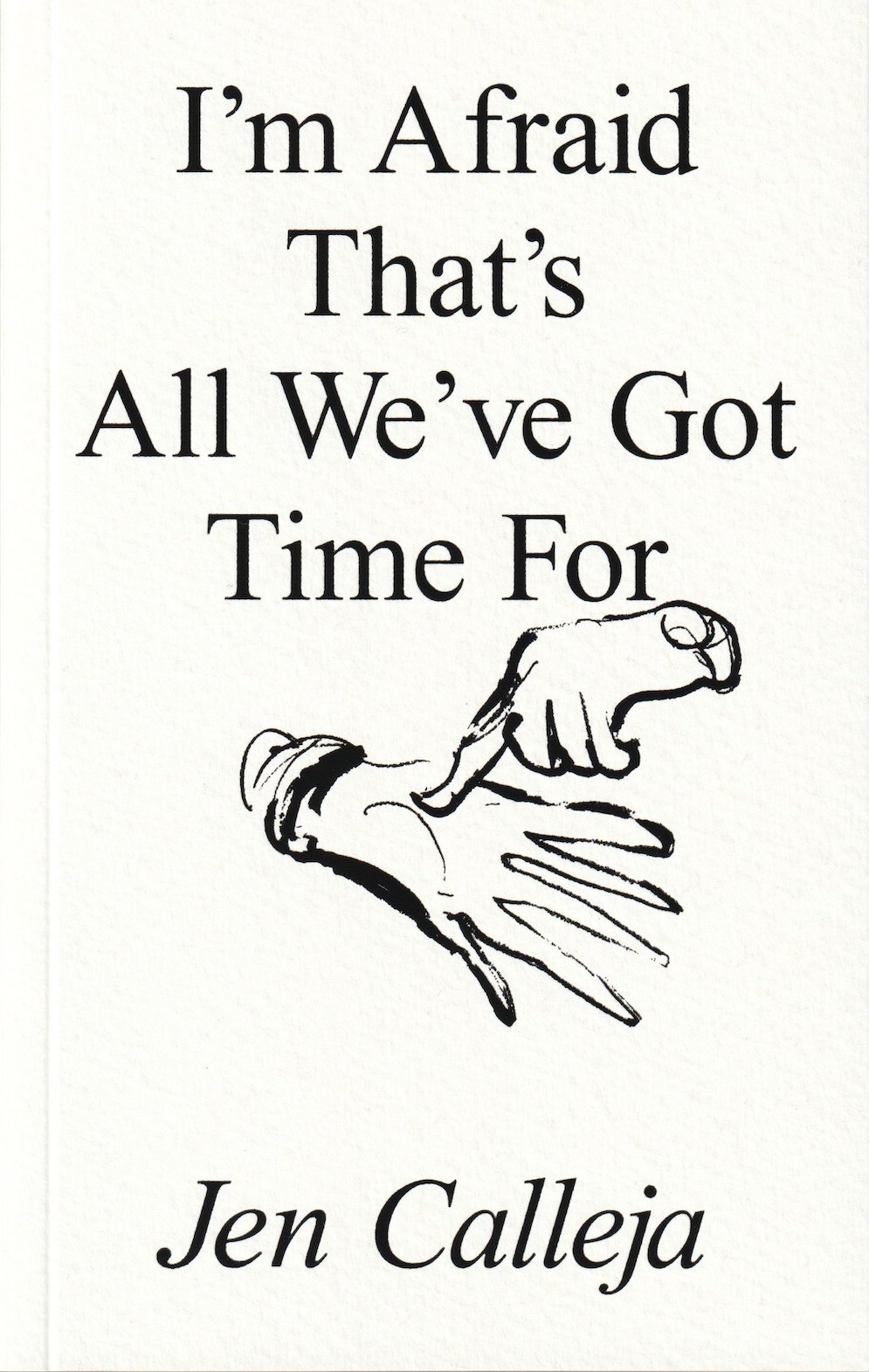What do you think?
Rate this book


192 pages, Paperback
First published March 18, 2020
Things like misogyny, xenophobia, class inequality and personal agency feature repeatedly, so they’re all naturally connected in that sense. Power dynamics and hierarchies come up a lot, identity and one’s sense of self versus how others perceive us, but also how all texts are fictions or have the potential to become narratives; the ways we fictionalise ourselves or are made characters in official documents, for instance.
...
I sometimes find realism bizarre, absurd, even creepy in its attempt to be a simulacrum of lived life, especially in how narrow its view of life and the people within it can be. I suppose I like how fables give you the bare bones and you as a reader have to furnish the bones with your own flesh.
I think what makes it most appealing as a form is that the same narratives and messages and myths from very old stories created to teach children and especially young women still dominate our contemporary moment. A couple of the stories in the book explore the idea of ‘happy ever after’ for instance, or of leaving the small town for the big city, or the obsession with the ultimate prize of wealth and regard. These narratives surround us in the media, in film, and especially reality TV, and seep into the fabric of reality.